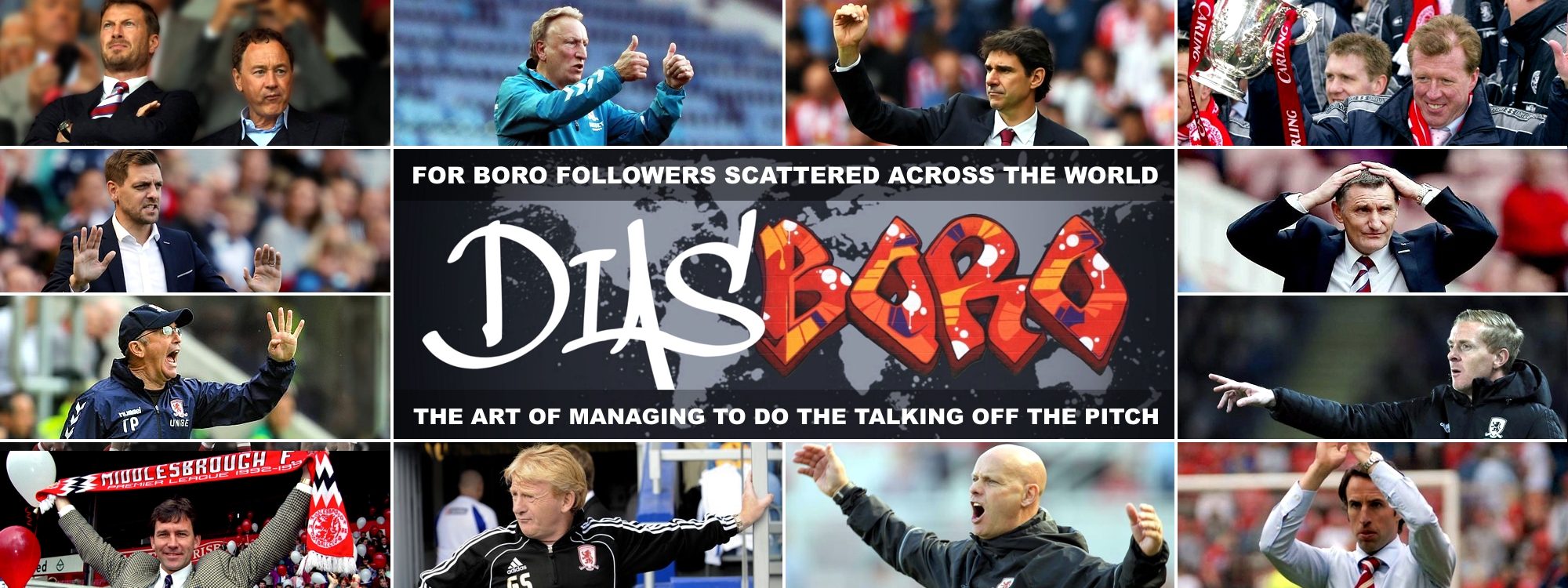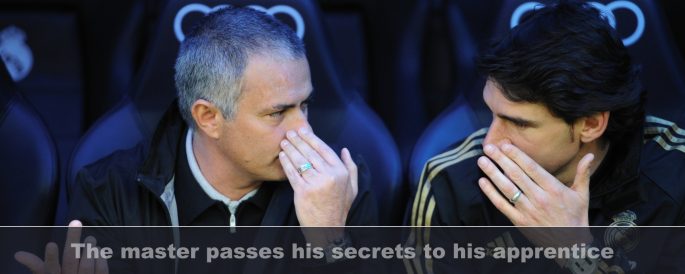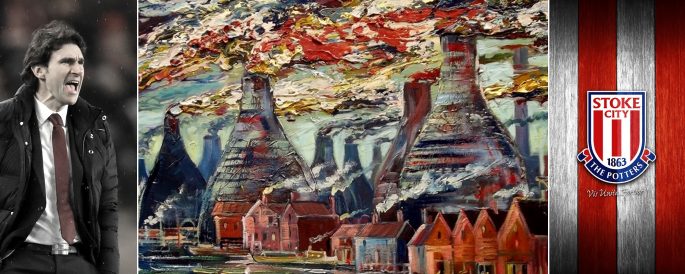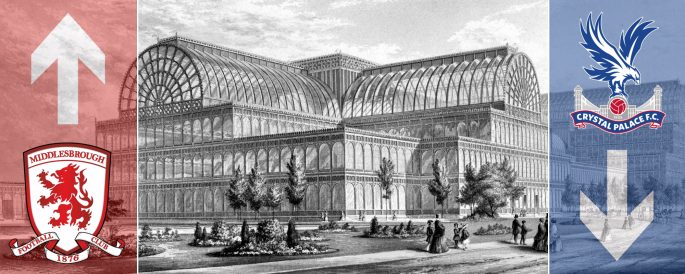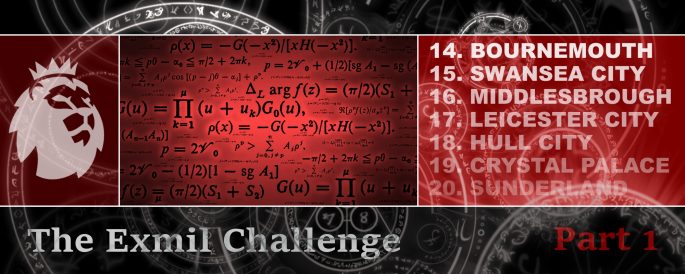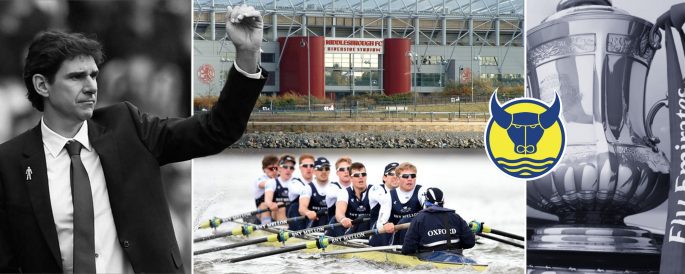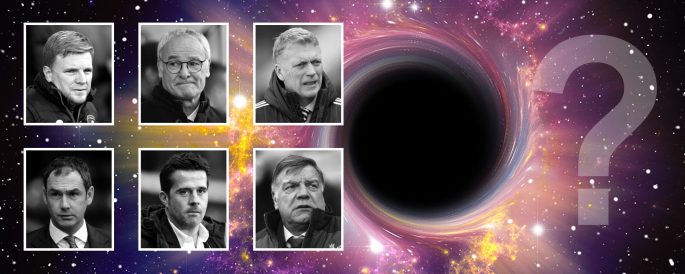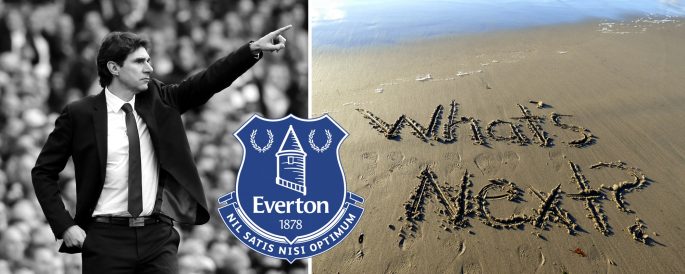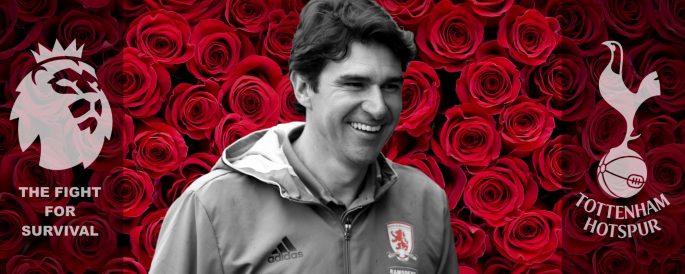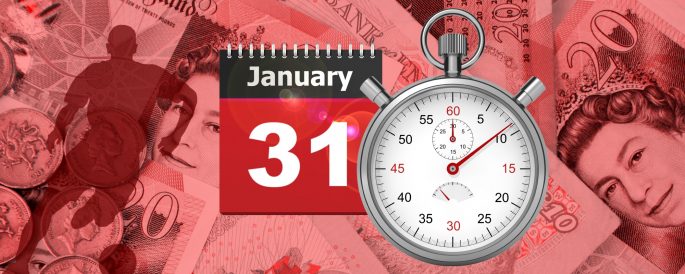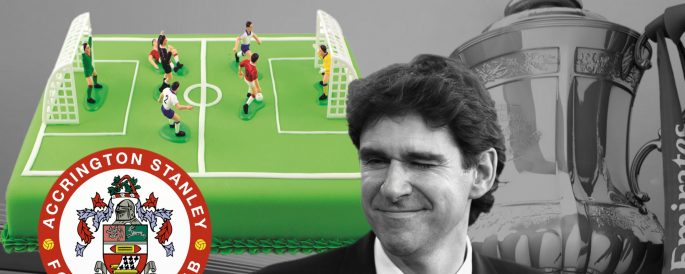It’s no secret that Aitor Karanka is a disciple of the self-styled messiah and self-anointed ‘special one’ Jose Mourinho – in fact it is essentially the USP of the former Real Madrid number two, who spent three years as his apprentice learning the Mourinho methodology. For a club like Boro, having a manager who imitates the most successful coach in Europe is the nearest they will get to the real thing – but is it possible to get the whole package or is it even desirable to roll out a big club template on a small town in Europe?
In last Thursday’s press conference the issue of ‘Jose’ was raised and Karanka was asked if he still spoke to him regularly – at that moment the widest of smiles lit up Aitor’s face followed by a joyous sigh a nod of the head and the word ‘yes’ – he went on to say that Mourinho as always was a great help and they both share the same mentality, focusing 24 hours a day on their jobs as football managers.
There is something bordering on a cult with Mourinho and he himself has described the bond with those in his group as ‘forever is forever’ as in his eyes there’s no such thing as an ex-player as once you have played for the special one you are deemed ‘one of theirs’. This may stem from Jose’s belief in managing through charismatic leadership – something he admitted to actually working on as he often planned the performance-like nature of his touchline escapades to inspire the players and raise the supporters mood.
The Rules of the Game
One thing Karanka will have learned from his mentor is that everyone has to accept there is only one way to behave under him – his way! – And there are no exceptions.
It’s been documented that when Jose Mourinho first addresses the players after taking over at a club he will use the saying “you are either in the boat or off it”. He’s basically telling his squad you buy in totally or you are out. The rules are clear, Mourinho will promise to be direct and say what he means to their faces, gossip and leaks from the dressing room are not tolerated. It is quite likely that most managers will demand loyalty but the Mourinho template is perhaps more zealous – no doubt devotees and followers of his methodology, such as Karanka, will instill a similar regime.
This regime also extends to his staff and he will expect total devotion from his backroom staff, who it’s claimed are almost choreographed in their responses on the touchline – it’s said if Mourinho protests at a referee’s decision, they too must all protest. You can perhaps see similar things with Karanka, but he’s a little less of a showman than his former boss but having Leo on your bench probably more than makes up for that. Then your mind thinks back to ‘Higgy-gate’ who perhaps made a fatal mistake of seeing the referee’s side when he apparently apologised on Karanka’s behalf.
It may well be that Karanka has copied Jose’s style of leadership but is it imitation without the personality to carry it off? Mourinho believes in charasmatic leadership and has at his disposal all the attributes, mannerisms, humour and sharp wit and actually enjoys jousting with the press as it provides a stage to display his complete inner belief and arrogance – whereas Aitor appears to be a bit more reserved and less confident in front of the media. Perhaps he sometimes comes across as clumsy as he’s delivering his pre-planned lines in press conferences – sometimes they are just shoe-horned randomly into the conversation like he’s only there to make that point as a means of creating a distraction. The worry is that we sometimes get Jose Mourinho as manager by proxy!
Training and Tactics
In 2012, Karanka was part of a Real Madrid delegation that was giving a practical demonstration of Jose Mourinho’s methods of coaching at UCLA – it was attended by a football coach Gary Curneen on behalf on Just-Football.com, who wrote a rather interesting three part blog on his experiences. From what I previously read and heard of Karanka’s methods it pretty much appears to describe the template to which he bases his own methodology.
The selection of training exercises is always consistent with the style of play – naturally there can be no contradictions – with these training drills being carefully designed and practised over time until they become instinctive and automatic for the players. The objective is to create a “Play Culture” that is defined as players knowing exactly what their individual roles and the collective roles are within the team.
What was interesting is that training included specific exercises that practised patterns of play – such as how the team moved forward in a specific way as a unit by creating passing options – right-back to central defender to left back to advancing central defender etc – all very precise and methodical until the ball is released in the final third – sounds familiar? But perhaps it’s what happens in that final third where Boro are short on ideas and movement or indeed quality.
This to me puts into question any idea that a Karanka Boro can suddenly re-invent themselves into a more dynamic progressive team – they have presumably spent the whole season, and some cases several seasons being drilled with exercises to perform instinctively in the boss’s methodology and desired pattern of play.
For example, defensive organisation focuses on shape, marking patterns, and breaking the team into sections including how attacking players should press immediately after losing the ball. What we see emerge is how Mourinho has developed a methodology to instill into his teams the tools to think how he thinks as a tactician and strategist. It also allows other to follow his template but of course it will always be interpreted slightly differently by other coaches and the players themselves.
The natural conclusion is that players conform to the strategy and this is perhaps why we observe our forwards change their attention from looking to attack the ball and instead getting into the drilled defensive shape – perhaps this kind of training has gradually taken the instinctive edge off our forwards in terms of looking at goal opportunities and moved them to be part of a more strategic defensive structure.
The difference for Mourinho is that he generally works with world class players who have more explosive qualities and skills that can still manifest themselves within such tightly controlled structures. But I suspect for most player they simply don’t have the physical attributes or mental alertness to multitask to such degree that allows them to retain extra capacity to perform beyond the framework.
At the heart of Mourinho’s match preparation is the importance of thorough analysis of the opposition. It is something he learnt from Van Gaal, who it has been said is more obsessed by stopping the other team playing that getting his own to play. In fact Mourinho is even far more aggressive than his former mentor in that regard and has also learnt to pass this analysis on to his players in a more succinct method.
Detailed analysis, video clips, emails and even text messages are provided to individual players but they are designed to be short and sharp. At Real Madrid these were condensed down to two or three key video clips about the team they would next face and were played in a loop in the dressing room, medical room, gym and canteen during the week before the match. We know that this has also become part of Karanka’s pre-match methods for the players as every detail is carefully planned.
Darker Downside
One of the downsides to Mourinho’s approach is he prefers not to develop talent as he regards his methods are better suited to more mature players with a greater understanding of the game – though it’s possible for a big club with the riches to take that view but I suspect Karanka will have to work within his resources at Boro and also with players who are perhaps not as rounded in their development. In addition, big clubs can naughty-step good players who don’t buy in as they usually have other options, but if a club of our resources do the same they are somewhat reduced of options – plus there is also a general problem in attracting players for teams like Boro, something big clubs don’t share.
To some degree I think we’ve seen that a Mourinho methodology is also better suited to a big club who have match-winning players to bolt onto a highly organised unit – Yes Boro look organised but they lack the quality to explode in the last third or counter-attack with speed and precision. Boro don’t have either the players to deliver the quality ball or take the few half-chances that come their way – that may be so for whatever system we employ, but under Karanka a more direct approach has been frowned upon as it’s not part of the methodology – other clubs are not so fussy as a goal is still a goal.
Sitting underneath the carefully planned training sessions, tactical analysis and match preparation there is another side to the Mourinho method – a darker side. Part of the psychology is to also create controversy and stoke up tensions with the aim of making either his staff, players or even the board show that they are 100% behind him. Whilst this has shown to be an excellent short-term method of creating the desired siege mentality, which acts as a kind of energy-hit to gain that extra couple of percent when it’s needed, it does tend to gradually leave everyone mentally and physically exhausted.
Recently Fabio Capello claimed that Mourinho always “burns out” his players mentally within two years because of the intensity in his working methods. People also eventually get worn down from the constant friction created from the off-field activities and controversy. It’s not usually a problem for the Special One as his plan is usually to achieve his goals quickly and then move on to the next club – he’s always in demand as other clubs crave success at any cost. Though we saw in his last season at Chelsea what can happen once the players and staff grow tired of his games. One wonders if such an approach is particularly unsuited to a club like Boro who are looking probably for a more long-term sustainable model.
It has also been observed that such is the intensity of the training and match preparations that players eventually reach the point where they find it impossible to give the manager any more. Karanka’s solution to the current bad run appears to be that ‘we must work harder’, which comes on top of recent statements declaring that he, his staff and players are all working extremely hard. Perhaps Boro have just reached that ‘burn out’ point in the Mourinho methodology – notably our best performance recently came against Everton after a break in Benidorm – maybe we have just gone past peak Karanka-Boro and there is no more to give.
Boot or Reboot
It seems the Boro chairman has decided to give his manager more time to turn things around – but how easy will it be to change our style of play? The idea that Karanka can work on Boro playing in a more progressive manner is perhaps a tall order given how the players have been coached meticulously with session upon session to play a particular way. The Boro boss told the Telegraph recently that they had been working for 2-3 weeks on being more attacking – there has been no indication in the last two performances of this but maybe it has instead actually left the players mentally confused in the flux between their instinctive defensive template and the new more attacking version.
It’s quite possible that a new playing style will just take longer to manifest itself and require more sessions in training – but what do you think will be the tactics to face both Manchester clubs before the crucial relegation six-pointers? Yes, it’s highly unlikely we’ll try to outplay either of those teams so the next test run of Karanka-Boro Mk II will be in a month’s time. It may be that a new voice is required to change our fortunes as the players may have subconsciously and mentally shut down Karanka’s.
